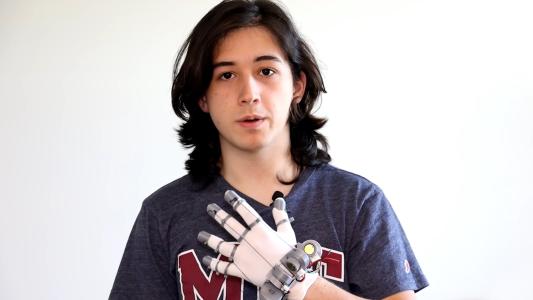A DIY microscope made out of LEGO bricks and smartphone lenses could be a powerful learning tool, teaching children not only how to use microscopes, but also how they work.
Seeing is learning: Microscopes are an essential scientific tool, right up there with bunsen burners and petri dishes, which means they’re also essential to any child’s science education.
But even when young people have access to microscopes, they’re often only taught how to use the instruments — put a slide here, look through there — and not how they actually work.
The DIY microscope: To increase kids’ understanding of microscopes, German researchers designed one simple enough for them to build themselves, but powerful enough to let them see individual cells.
The optical components consist only of three lenses — including one from an iPhone 5 — that cost less than $6 each. The rest of the DIY microscope is made from LEGO bricks.
“The LEGO brick system provides a low entry level for children,” the creators say, “because it is a common toy found in most homes.”
The researchers wrote a 13-step workflow that takes children through the process of building and using the DIY microscope. Those instructions are online in four languages, along with simple experiments that kids can do using the microscopes.

Building and using the DIY microscope. Credit: Timo Betz
The test: To see if the DIY microscope increased kids’ understanding of microscopy, the researchers had eight children between the ages of 9 and 13 build the devices following the 13-step guide.
Beforehand, the children answered a questionnaire designed to test their understanding of microscopy. They also answered five questions related to the natural sciences to serve as a control.
The results: After building their microscopes, the kids completed the questionnaire again. Their ability to answer the natural science questions didn’t change, but the fraction of microscopy-related questions they got right nearly doubled
“We hope that this modular microscope will be used in classrooms and homes all over the world to excite and inspire children about science,” University of Göttingen researcher Timo Betz said in a press release.
“We have shown that scientific research does not need to be separate from everyday life,” he continued. “It can be enlightening, educational, and fun!”
We’d love to hear from you! If you have a comment about this article or if you have a tip for a future Freethink story, please email us at [email protected].






